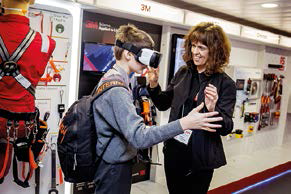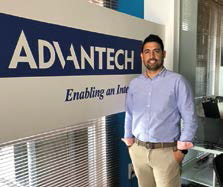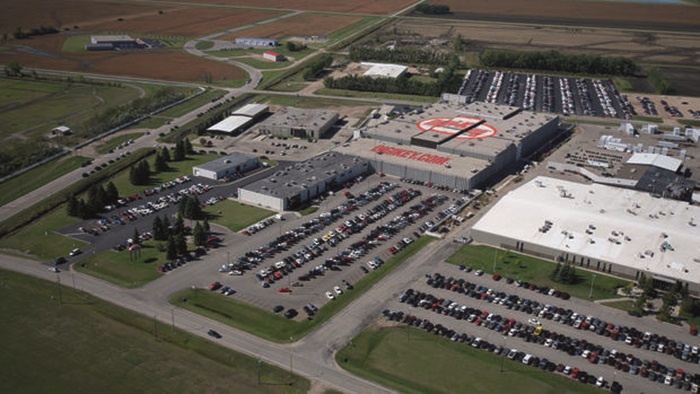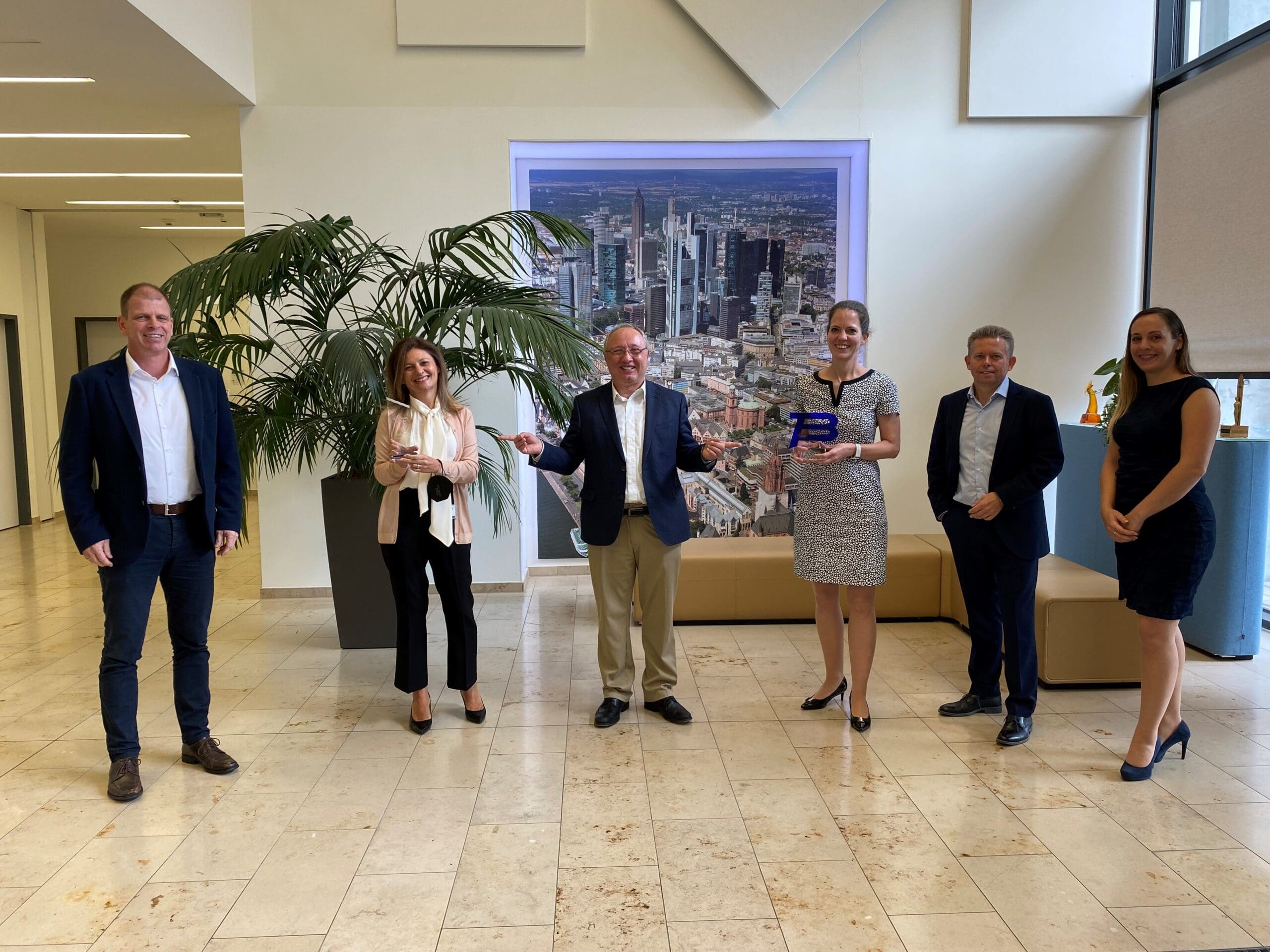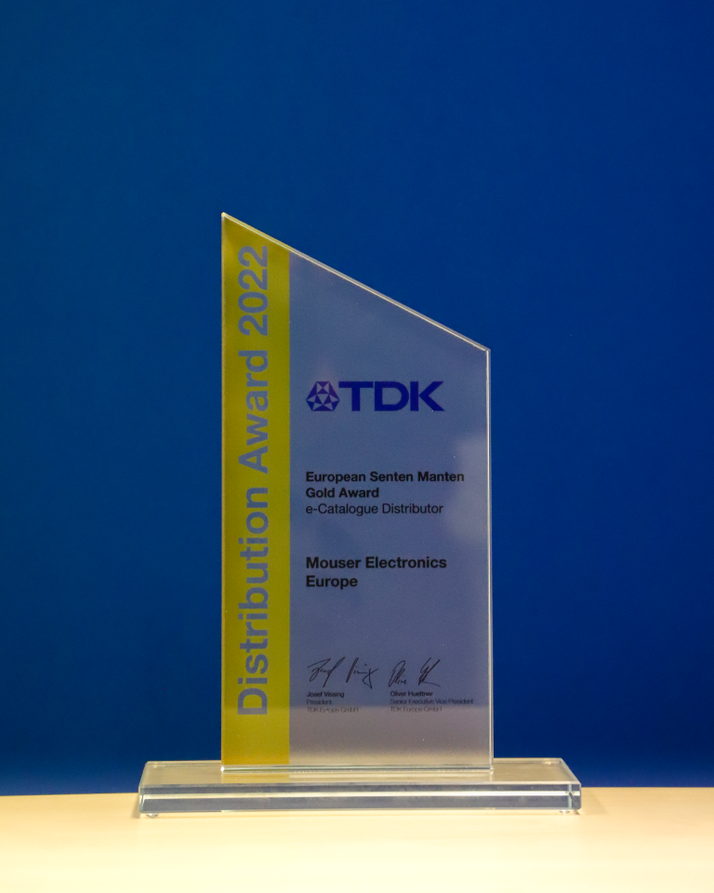The component distribution sector has never presented such a changing environment. New business models emerge and customer dynamics and behaviors change. In addition, all this occurs in a framework of business acquisitions that is serving to consolidate the market in a smaller number of players and in which distributors are taking over companies to strengthen their economic activities or offer new opportunities. However, whatever changes the underlying market is undergoing, vendors have a single motto for distributors: get their products to more engineers, follow the entire development process of their projects, provide them with information, and stay close to them. Historically, the electronic component distribution sector was very simple: the so-called "broadliners" distributed large quantities of products, while the so-called "highservice" serviced the needs of engineers looking for smaller quantities of components to embark on new manufacturing projects. developing. The broadliners looked suspiciously at the high-service when they sold in larger quantities, while the latter saw how the former entered their sector of activity.
Today there are many more factors involved. Customers are becoming more demanding and their behavior when purchasing products is changing. What really keeps us up at night is the fear that our business model will lose its relevance. The speed at which things are changing makes this model out of date or out of relevance very quickly. Staying relevant requires more amazing new products, exceptional service, and an extraordinary customer-facing experience. It is necessary to quickly adapt to the changing environment and times. Access to information has become a key factor, which is why the traditional paper catalog has long since lost its relevance. Customers want to have instant information about products, services and supplies, with correct, precise and easily accessible information, before deciding to purchase a product. One thing is certain: it will be the agility with which the digital world is conquered that will determine who wins in this new situation. Online commerce is everywhere, and none of us can tolerate poor service. Engineers need distributors to make it easy for them.
They want to know that the product they need is in stock, have all the information they can obtain about it, and have the order delivered on time and in a single consolidated order with a single delivery. They also want the ability to manage orders themselves, place them and track them from any portable device. My impression is that highservices are best positioned in this space, as their industry was quick to adopt e-commerce and their distributors were at the forefront when it came to analyzing customers. In this way, they have been able to guide their customers in selecting the correct products for their applications and have been able to help suppliers by providing them with information on how and where their products will be used, as well as how they are perceived. RS entered the world of e-commerce more than 20 years ago and has been developing its digital capabilities and services ever since.
The regional digital billing figures speak for themselves: in Europe they are 70% and in Asia-Pacific, more than 50%. In Japan our figures are over 90%, an exceptional number. This strength gives high-service distributors a clear competitive advantage in the current environment, where customers expect a B2C-like digital experience and new competitors are emerging in our digital marketplace. There is no doubt that these players are setting the bar for customer expectations when it comes to searching, ordering and digital delivery, as well as posing a significant threat to the B2B distribution of engineered products, in especially when it comes to electronic components. At this point, the answer is no.
The distribution of electronic products requires a series of specialized knowledge and a service to match, and the experience with the products is an essential factor. Suppliers are looking for distributors to partner with to develop new markets and win new customers for their products, and they often see our sales force as an extension of their own sales teams. Engineers are looking for a partner who can provide complete solutions to meet their design, manufacturing, maintenance, repair and operations needs, and at RS we are implementing a number of services to facilitate all of this for our customers throughout the life of the products.
Lastly, and perhaps most importantly, regulations in force at both the sector and product level require distributors to guarantee the supply of original components and compliance with the relevant regulations, as well as the satisfaction of certain handling standards for a large number of our parts. The current business model of the e-commerce giants in the market makes it difficult for them to offer such guarantees. At RS we have a wide catalog of technical products at the service of our customers: electronic components, test and measurement products, automation and control, and tools and consumables. We consider our wide range of products to be one of our main strengths at a time when we are seeing another big change in the market: the growth of mechatronics. Electronics, computing, mechanics, and control systems are converging, as are technical disciplines and the skills of engineering personnel. Concurrency of design, manufacturing, maintenance, repair, and operations at the customer level affects products specified for a single scope.
This situation presents a large number of opportunities for RS, which markets more than 500.000 industrial and electronic products, as well as a growing range of value-added services. Currently, RS supplies electronic and industrial components to a large number of companies, to which it also wants to offer customer service from a single place. At RS we are further strengthening our product catalog thanks to the development of a strategy focused and renewed on electronics as a central component for widespread growth. We carry out continuous surveys of our clients, in which we focus on what their needs are when it comes to high-service distributors. The main message was to “get back to basics”: have a wide and abundant inventory of the most important products, have high availability of the most relevant products and offer a reliable delivery service where they can trust. Based on the information you have provided us, we continue to develop the electronic side of our company to focus on board level electronics. We have added more than 120.000 new items that we sell as we receive them, with their original factory packaging. We are building a product offering with a real presence around the world and continue to develop and strengthen our services for so-called low-volume, high-mix (LVHM) products throughout their entire shelf life, including design and development, production of LVHM components, and customer support during end-of-life and product obsolescence issues.
To help achieve these objectives, we have made a series of organizational changes that reflect the importance of this strategy. The electronics department now reports directly to me and we have developed a new dedicated organization with greater capabilities and the best resources in the industry. We have chosen Munich as the world and European headquarters to be closer to our suppliers and large customers in the electronics segment. We will develop a strong foundation in the Europe, Middle East and Africa (EMEA) region, strengthen our presence in Asia-Pacific and launch a new channel in North America, as well as enhance our reputation as a true global player.
Our strengthened range of electronics will be supported by a renewed DesignSpark, our engineering community, allowing us to take advantage of the 700.000 engineers who have accessed it and provide them with access to our vendors' tools and products, as well as relevant information. Recent research among the DesignSpark engineering community has clearly shown that they signed up because they find it a useful learning resource and because it allows them to be part of a community where information can be shared. Our extensive software portfolio is an entry point for product design. It allows them to learn about exciting news and products from our suppliers and find connections with people to work with.
Looking to the future, another threat on the horizon is the reduction in the number of trained engineers in Europe. Not enough young people are choosing careers related to STEM and engineering, with the consequent direct impact this will have: products will be designed and manufactured where there are skilled workers. As a supplier to the engineering industry, it is our duty – and we have the ability to do so – to inspire and guide the next generation of engineers. In the United Kingdom alone, it has been shown that for every engineering-related job, another 1,74 jobs are generated across the entire British workforce. In addition, the decision to leave the EU carries even more uncertainty. We have made this our responsibility and, in recent years, we have invested in different ways to promote the interest of young people in engineering.
We have launched and implemented different initiatives, such as the Titan II, a 35-ton truck brimming with different technologies that we take to schools; the Eagle Labs initiative; university programs; educational exhibits; STEM ambassador programs; the Formula Students competition; sponsorship of the Hyperloop program and the FIRST LEGO League, and of course DesignSpark, our online community and resource center. Our goal is to support and inspire potential young engineers on their way to becoming the future figures in the industry. We are moved to observe the effect that these initiatives have had in encouraging the schoolchildren with whom we participate. It is enough that there are one or two who have decided that this is their career for the investments to have been worthwhile. The Titan II will carry this message across Europe for the electronics segment, all the way to the Munich expo, where it will have a big impact. All of these strengths will be relevant to the future of the retail sector that we have our sights on. Consolidation will continue and the industry will expand and become less divided. We are already seeing distributors grab a large share of the total available market (MTD) in the component segment.
The percentage of the income that suppose the services that offer added value will increase enormously in the distribution companies. Software, Internet of Things (IoT) services, blockchains, and artificial intelligence (AI) solutions will all have their respective roles as vendors offer innovative solutions beyond hardware, and will be in demand by customers and vendors alike. Surrounded by these rapid changes, the message is clear: we must adapt to succeed. And a strategy that allows us to remain relevant will greatly help us to fall asleep on those nights that we find it so difficult to do so.


